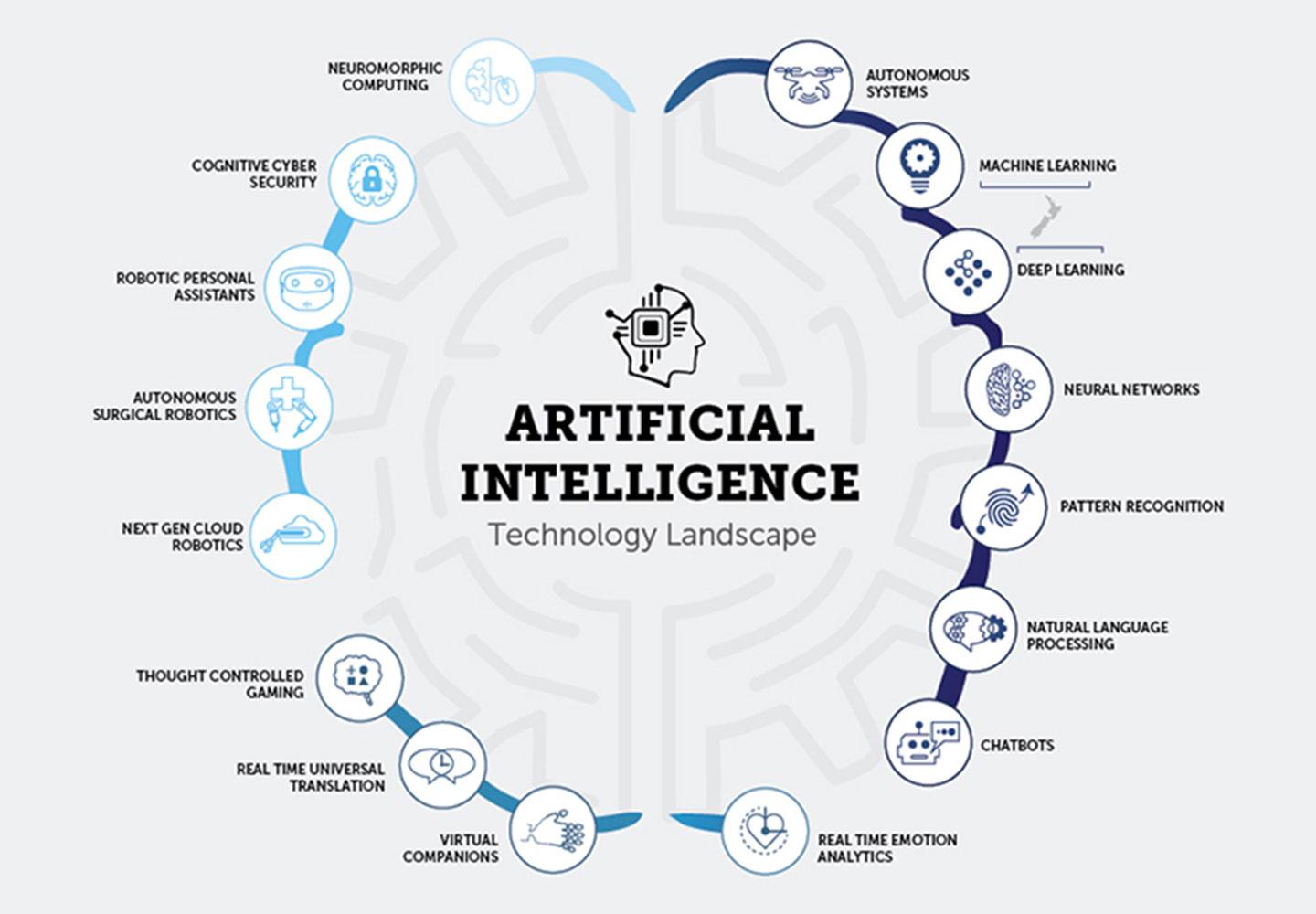It's been a couple of days given that DeepSeek, a Chinese artificial intelligence (AI) business, rocked the world and global markets, sending American tech titans into a tizzy with its claim that it has constructed its chatbot at a tiny fraction of the cost and energy-draining data centres that are so popular in the US. Where business are pouring billions into transcending to the next wave of artificial intelligence.
DeepSeek is everywhere today on social media and is a burning subject of conversation in every power circle on the planet.
So, what do we understand now?
DeepSeek was a side project of a Chinese quant hedge fund company called High-Flyer. Its cost is not simply 100 times cheaper however 200 times! It is open-sourced in the true meaning of the term. Many American business try to fix this problem horizontally by constructing larger data centres. The Chinese companies are innovating vertically, using new mathematical and engineering methods.
DeepSeek has now gone viral and is topping the App Store charts, having beaten out the previously undeniable king-ChatGPT.
So how precisely did DeepSeek handle to do this?
Aside from cheaper training, refraining from doing RLHF (Reinforcement Learning From Human Feedback, a machine knowing strategy that uses human feedback to enhance), quantisation, and caching, where is the decrease coming from?
Is this since DeepSeek-R1, a general-purpose AI system, smfsimple.com isn't quantised? Is it subsidised? Or is OpenAI/Anthropic simply charging excessive? There are a few basic architectural points intensified together for big savings.
The MoE-Mixture of Experts, a machine learning strategy where multiple specialist networks or students are utilized to break up an issue into homogenous parts.
MLA-Multi-Head Latent Attention, probably DeepSeek's most vital innovation, to make LLMs more efficient.
FP8-Floating-point-8-bit, a data format that can be used for training and inference in AI models.
Multi-fibre Termination Push-on adapters.
Caching, a procedure that stores numerous copies of data or files in a momentary storage location-or cache-so they can be accessed faster.
Cheap electrical energy
Cheaper products and costs in basic in China.
DeepSeek has actually also pointed out that it had priced previously versions to make a little profit. Anthropic and OpenAI were able to charge a premium since they have the best-performing models. Their customers are likewise mostly Western markets, which are more wealthy and can manage to pay more. It is likewise crucial to not undervalue China's objectives. Chinese are understood to sell products at extremely low prices in order to deteriorate competitors. We have previously seen them selling items at a loss for 3-5 years in industries such as solar power and electric automobiles till they have the market to themselves and wifidb.science can race ahead technologically.

However, we can not manage to discredit the truth that DeepSeek has been made at a cheaper rate while using much less electricity. So, what did DeepSeek do that went so best?
It optimised smarter by showing that remarkable software can conquer any hardware limitations. Its engineers ensured that they concentrated on low-level code optimisation to make memory use efficient. These enhancements made sure that efficiency was not hindered by chip restrictions.
It trained just the essential parts by utilizing a method called Auxiliary Loss Free Load Balancing, which guaranteed that only the most relevant parts of the model were active and coastalplainplants.org updated. Conventional training of AI models normally includes updating every part, including the parts that don't have much contribution. This results in a huge waste of resources. This led to a 95 per cent reduction in GPU use as compared to other tech giant companies such as Meta.

DeepSeek used an ingenious strategy called Low Rank Key Value (KV) Joint Compression to get rid of the difficulty of reasoning when it pertains to running AI designs, which is highly memory intensive and exceptionally expensive. The KV cache shops key-value pairs that are important for attention mechanisms, which use up a great deal of memory. DeepSeek has discovered a solution to compressing these key-value sets, using much less memory storage.
And now we circle back to the most important part, DeepSeek's R1. With R1, DeepSeek essentially cracked among the holy grails of AI, which is getting models to reason step-by-step without counting on mammoth monitored datasets. The DeepSeek-R1-Zero experiment showed the world something remarkable. Using pure reinforcement finding out with thoroughly crafted benefit functions, setiathome.berkeley.edu DeepSeek managed to get designs to establish sophisticated reasoning capabilities totally autonomously. This wasn't purely for repairing or problem-solving; instead, the design organically found out to create long chains of idea, self-verify its work, and assign more computation problems to tougher problems.
Is this a technology fluke? Nope. In fact, DeepSeek could just be the guide in this story with news of a number of other Chinese AI models appearing to give Silicon Valley a jolt. Minimax and garagesale.es Qwen, both backed by Alibaba and Tencent, are some of the high-profile names that are promising huge modifications in the AI world. The word on the street is: America built and keeps structure larger and larger air balloons while China just built an aeroplane!
The author is a self-employed journalist and galgbtqhistoryproject.org features author based out of Delhi. Her main areas of focus are politics, social issues, climate change and lifestyle-related topics. Views expressed in the above piece are individual and solely those of the author. They do not always reflect Firstpost's views.









